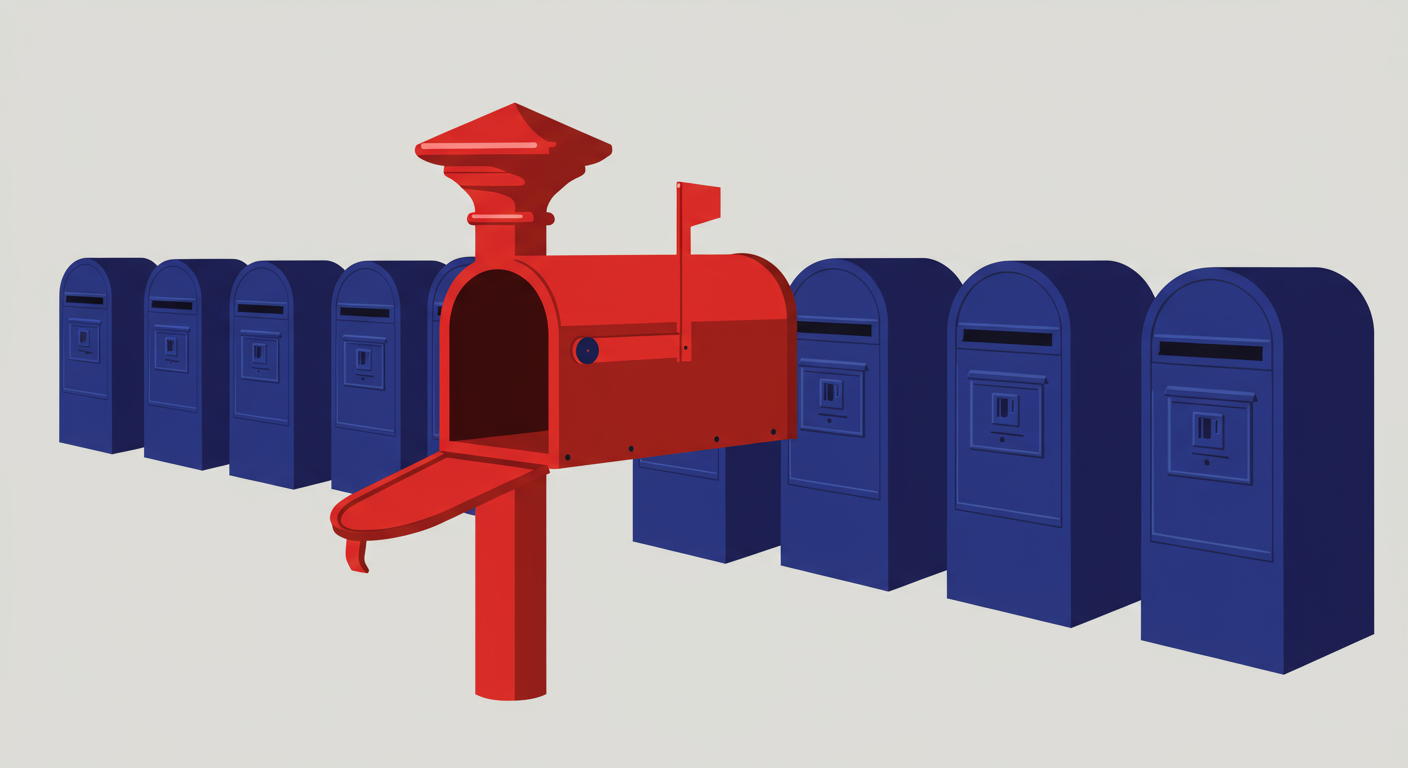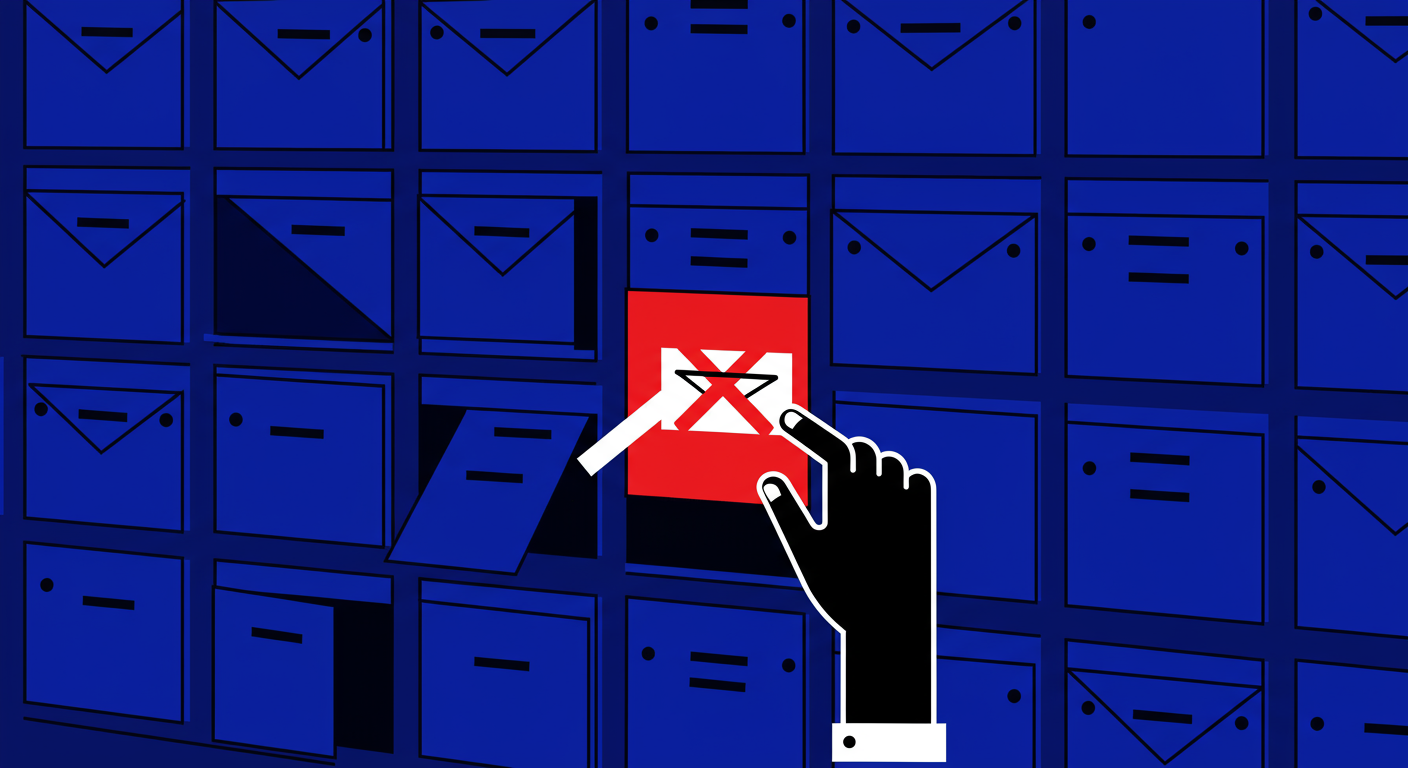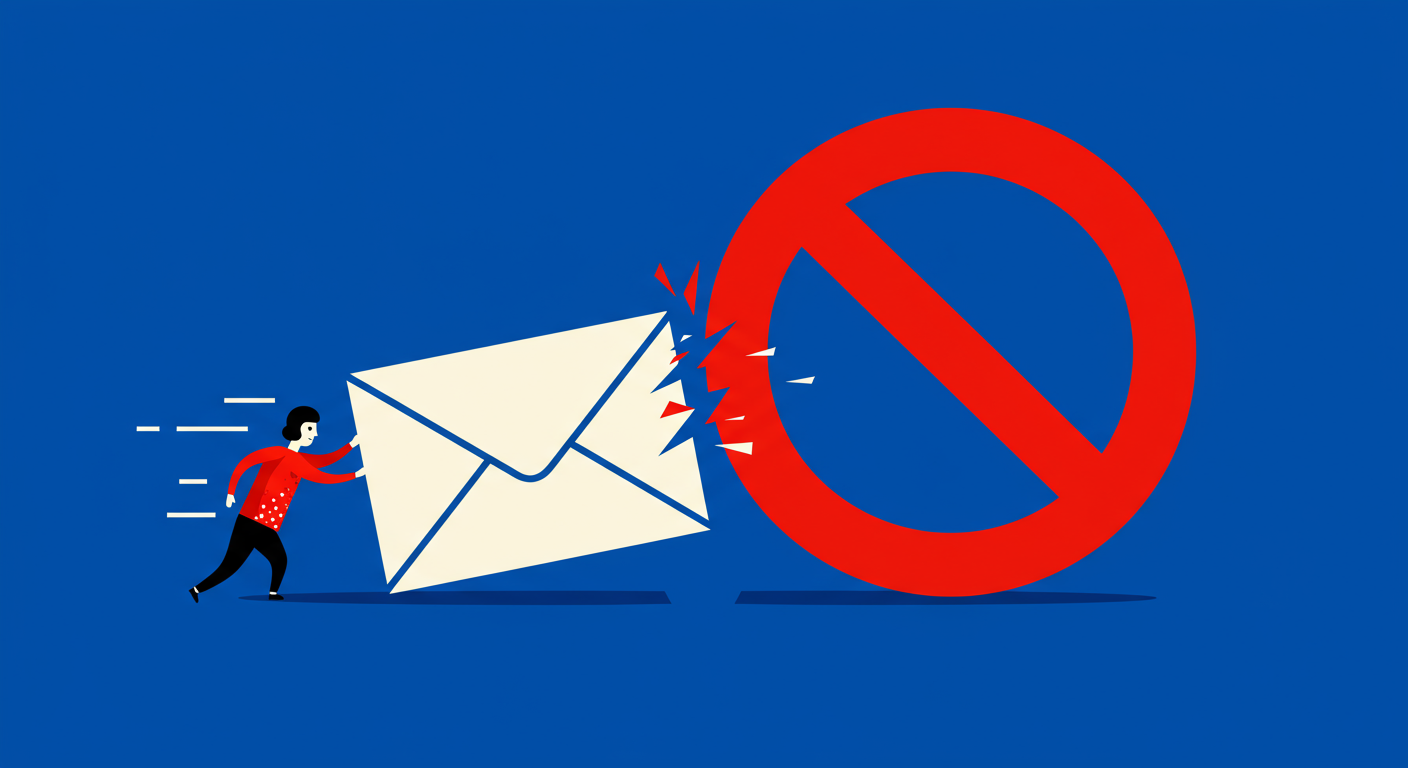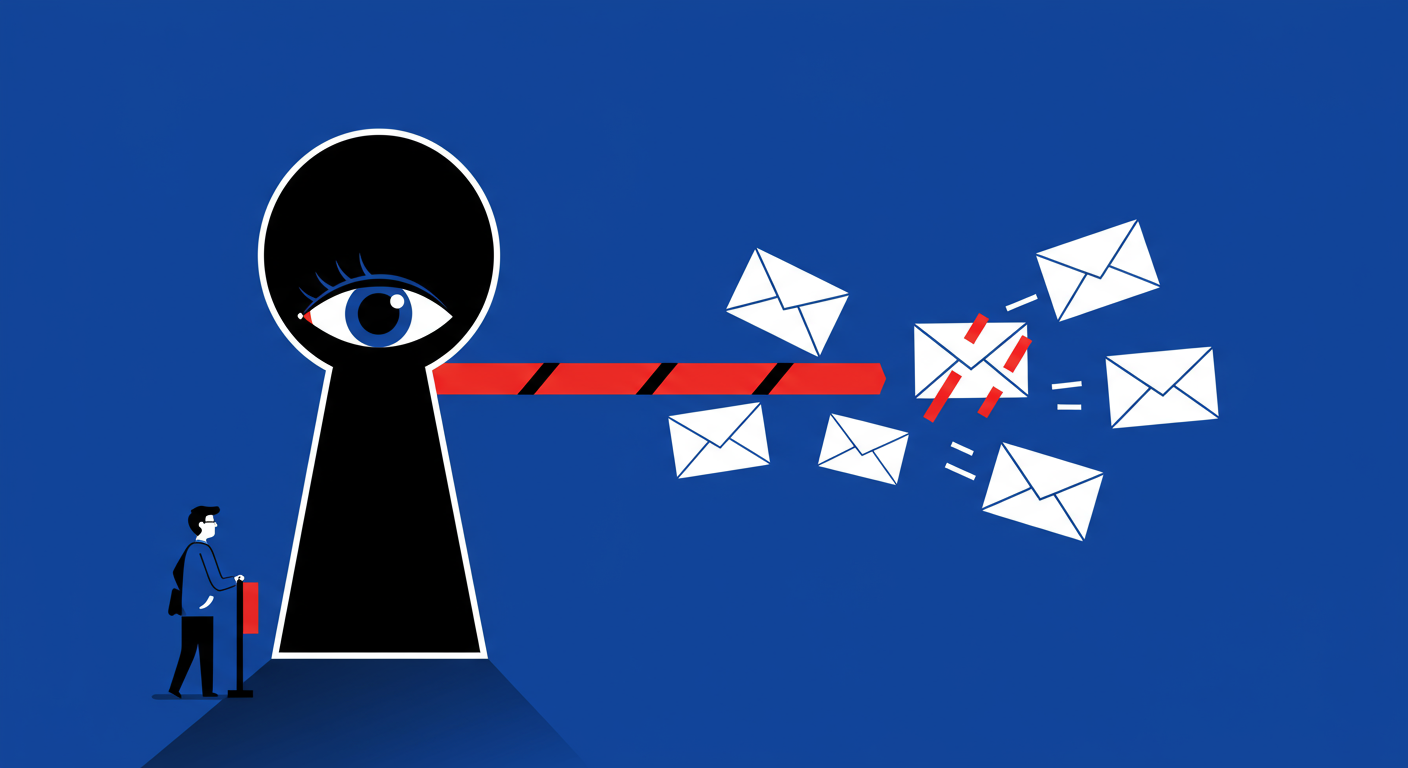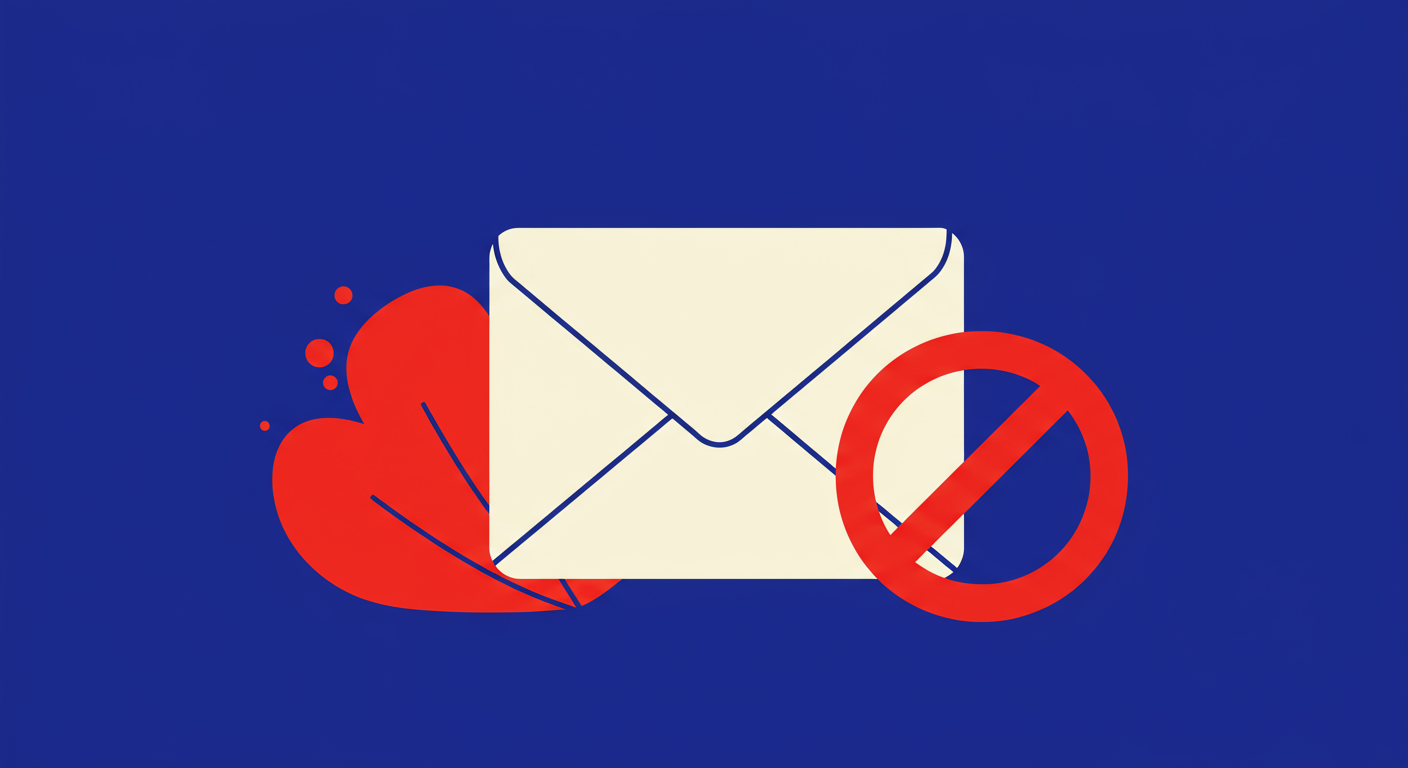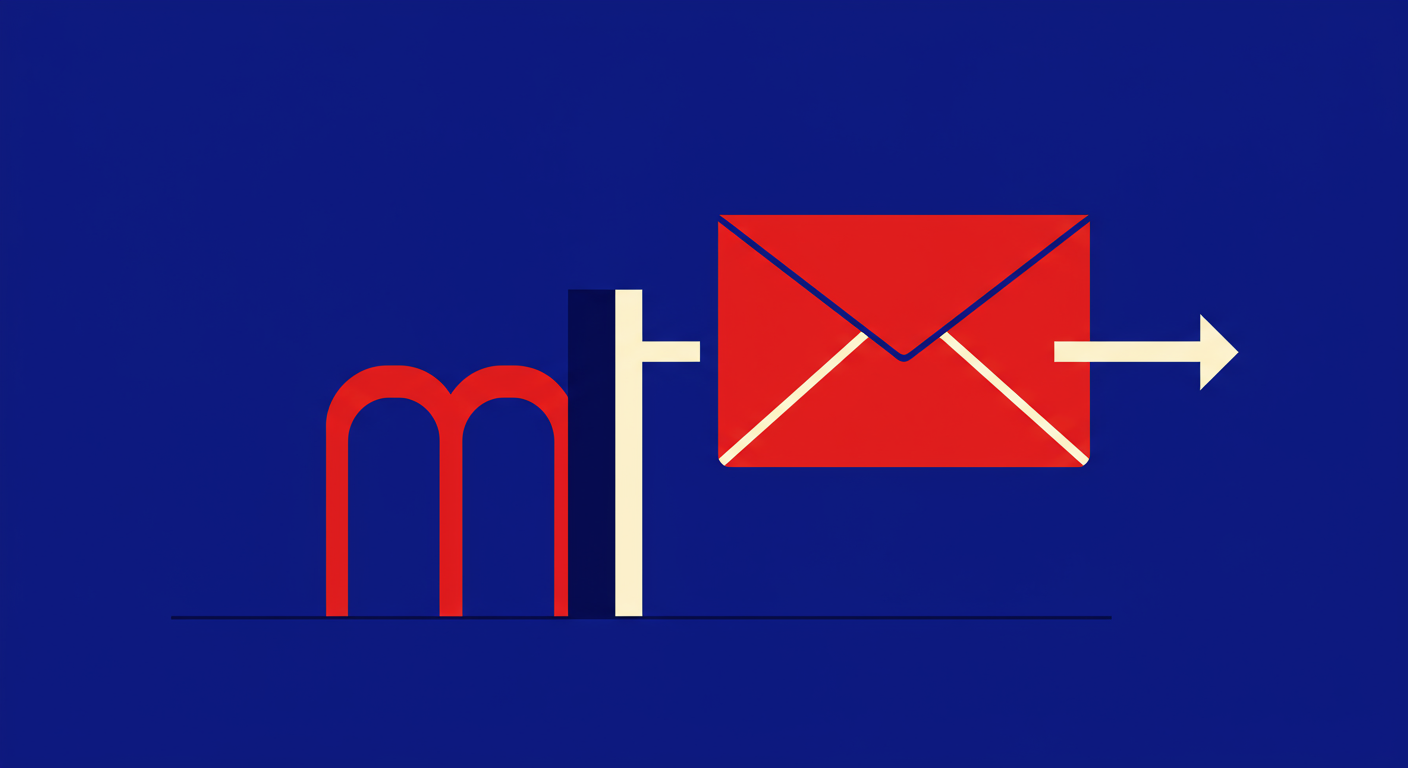 Spamhaus
Spamhaus 0Spam
0Spam Cisco
Cisco NoSolicitado
NoSolicitado URIBL
URIBL abuse.ro
abuse.ro ALPHANET
ALPHANET Anonmails
Anonmails Ascams
Ascams BLOCKEDSERVERS
BLOCKEDSERVERS Calivent Networks
Calivent Networks EFnet
EFnet
 JustSpam
JustSpam Kempt.net
Kempt.net
 NordSpam
NordSpam RV-SOFT Technology
RV-SOFT Technology
 Scientific Spam
Scientific Spam Spamikaze
Spamikaze SpamRATS
SpamRATS SPFBL
SPFBL Suomispam
Suomispam System 5 Hosting
System 5 Hosting Team Cymru
Team Cymru Validity
Validity www.blocklist.de Fail2Ban-Reporting Service
www.blocklist.de Fail2Ban-Reporting Service ZapBL
ZapBL 2stepback.dk
2stepback.dk Fayntic Services
Fayntic Services ORB UK
ORB UK technoirc.org
technoirc.org TechTheft
TechTheft Spamhaus
Spamhaus 0Spam
0Spam Cisco
Cisco NoSolicitado
NoSolicitado URIBL
URIBL abuse.ro
abuse.ro ALPHANET
ALPHANET Anonmails
Anonmails Ascams
Ascams BLOCKEDSERVERS
BLOCKEDSERVERS Calivent Networks
Calivent Networks EFnet
EFnet
 JustSpam
JustSpam Kempt.net
Kempt.net
 NordSpam
NordSpam RV-SOFT Technology
RV-SOFT Technology
 Scientific Spam
Scientific Spam Spamikaze
Spamikaze SpamRATS
SpamRATS SPFBL
SPFBL Suomispam
Suomispam System 5 Hosting
System 5 Hosting Team Cymru
Team Cymru Validity
Validity www.blocklist.de Fail2Ban-Reporting Service
www.blocklist.de Fail2Ban-Reporting Service ZapBL
ZapBL 2stepback.dk
2stepback.dk Fayntic Services
Fayntic Services ORB UK
ORB UK technoirc.org
technoirc.org TechTheft
TechTheft Spamhaus
Spamhaus 0Spam
0Spam Cisco
Cisco NoSolicitado
NoSolicitado URIBL
URIBL abuse.ro
abuse.ro ALPHANET
ALPHANET Anonmails
Anonmails Ascams
Ascams BLOCKEDSERVERS
BLOCKEDSERVERS Calivent Networks
Calivent Networks EFnet
EFnet
 JustSpam
JustSpam Kempt.net
Kempt.net
 NordSpam
NordSpam RV-SOFT Technology
RV-SOFT Technology
 Scientific Spam
Scientific Spam Spamikaze
Spamikaze SpamRATS
SpamRATS SPFBL
SPFBL Suomispam
Suomispam System 5 Hosting
System 5 Hosting Team Cymru
Team Cymru Validity
Validity www.blocklist.de Fail2Ban-Reporting Service
www.blocklist.de Fail2Ban-Reporting Service ZapBL
ZapBL 2stepback.dk
2stepback.dk Fayntic Services
Fayntic Services ORB UK
ORB UK technoirc.org
technoirc.org TechTheft
TechTheft Spamhaus
Spamhaus 0Spam
0Spam Cisco
Cisco NoSolicitado
NoSolicitado URIBL
URIBL abuse.ro
abuse.ro ALPHANET
ALPHANET Anonmails
Anonmails Ascams
Ascams BLOCKEDSERVERS
BLOCKEDSERVERS Calivent Networks
Calivent Networks EFnet
EFnet
 JustSpam
JustSpam Kempt.net
Kempt.net
 NordSpam
NordSpam RV-SOFT Technology
RV-SOFT Technology
 Scientific Spam
Scientific Spam Spamikaze
Spamikaze SpamRATS
SpamRATS SPFBL
SPFBL Suomispam
Suomispam System 5 Hosting
System 5 Hosting Team Cymru
Team Cymru Validity
Validity www.blocklist.de Fail2Ban-Reporting Service
www.blocklist.de Fail2Ban-Reporting Service ZapBL
ZapBL 2stepback.dk
2stepback.dk Fayntic Services
Fayntic Services ORB UK
ORB UK technoirc.org
technoirc.org TechTheft
TechTheft Spamhaus
Spamhaus 0Spam
0Spam Cisco
Cisco NoSolicitado
NoSolicitado URIBL
URIBL abuse.ro
abuse.ro ALPHANET
ALPHANET Anonmails
Anonmails Ascams
Ascams BLOCKEDSERVERS
BLOCKEDSERVERS Calivent Networks
Calivent Networks EFnet
EFnet
 JustSpam
JustSpam Kempt.net
Kempt.net
 NordSpam
NordSpam RV-SOFT Technology
RV-SOFT Technology
 Scientific Spam
Scientific Spam Spamikaze
Spamikaze SpamRATS
SpamRATS SPFBL
SPFBL Suomispam
Suomispam System 5 Hosting
System 5 Hosting Team Cymru
Team Cymru Validity
Validity www.blocklist.de Fail2Ban-Reporting Service
www.blocklist.de Fail2Ban-Reporting Service ZapBL
ZapBL 2stepback.dk
2stepback.dk Fayntic Services
Fayntic Services ORB UK
ORB UK technoirc.org
technoirc.org TechTheft
TechTheftWhat is Kempt.net DNS Black List (DNSBL)?
The Kempt.net DNS Black List (DNSBL) is an IP-based blocklist with a unique approach to identifying and listing sources of spam. Its primary goal is to react very quickly to new hosts used for spamming purposes, rather than maintaining a long-term list of known offenders. It is designed to be a fast, responsive blacklist that catches transient and newly-active spam sources.
The listing policy is automated and is not based on email content. Instead, it identifies spam by the way messages are sent and the addresses they are sent to. For example, it monitors email sent to addresses that have never existed but still receive high volumes of spam. When a message from a new source is detected sending to these spam-trap addresses, the sending IP address is immediately added to the blacklist.
Some key technical aspects of this blocklist include:
- Complementary use. The operators recommend using the Kempt.net DNSBL in conjunction with larger, more comprehensive blocklists that handle long-term problem hosts.
- Dynamic listings. This DNS blacklist contains a relatively small number of hosts at any given time. It focuses only on currently active spam sources.
- DNS records. A listing on dnsbl.kempt.net will return an A record of 127.0.0.2. It also returns a TXT record containing a description of when the host was last seen sending spam.
Who runs Kempt.net DNS Black List (DNSBL)?
The Kempt.net DNSBL was operated by Kempt.net, which was an Internet Service Provider (ISP). The company provided services such as email, web hosting, and shell access. Based on available information, the ISP no longer appears to be operational, but the DNS blocklist may still be in use by some mail server administrators.
How do I get removed and delisted from Kempt.net DNS Black List (DNSBL)?
Removal from the Kempt.net DNSBL is an entirely automated process. There is no manual delisting form or contact email for removal requests.
An offending IP address is listed almost instantly after it is caught sending spam. The delisting process is time-based:
- First offense. The IP address is automatically removed from the blacklist after one day.
- Repeat offenses. If the same IP address commits further offenses, it will be listed again, but the duration of the listing will be longer for each subsequent incident.
To be delisted, you must first identify and resolve the issue that caused your IP to send spam. Once the problem is corrected, you simply have to wait for the automatic expiry of the listing. This system ensures that transient issues are resolved quickly, while persistent spammers remain on the blocklist for longer periods.
What's the impact of being listed on Kempt.net DNS Black List (DNSBL)?
The impact of being listed on the Kempt.net DNSBL is generally considered low. Because the blacklist is designed to be transient and focuses on a small number of newly-active spam sources, its adoption is not as widespread as larger, more established lists. Furthermore, the automatic delisting policy means that any impact is temporary, especially for a first-time offense.
However, if a mail server you are sending to does use this particular blocklist, your emails will be rejected for the duration of the listing. This will result in bounced emails and prevent your messages from reaching their intended recipients at that specific provider.
